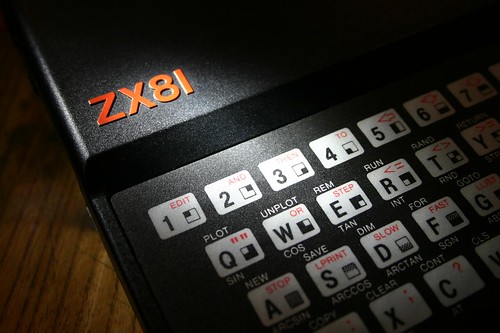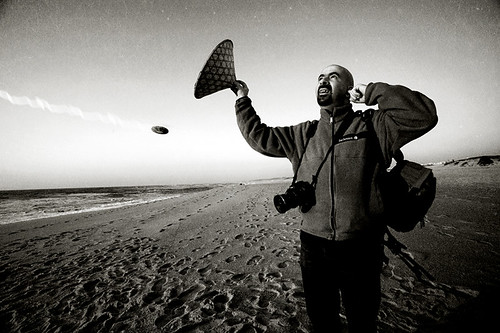The Washingtonpost.com has a fun list of things and social practices that are dead or at least heading the way of the Dodo. These kinds of lists are usually fun since they reflect many of the ways in which technological changes are driving forward social change which is what my thesis Disruptive Technology was all about.

Remember the Sinclair computer? photo by Barnoid (CC BY-SA)
It is pretty easy to see that tapes are drawing their final breath and with it goes a whole range of social practices like recording from the radio, creating mix tapes, recording spoken tapes and sending them via snail mail and more. With the development of mobile telephones, the way in which we communicate has changed radically but this has also led to the demise of the public phone booth. Some of the predictions may be a bit too futuristic and hard to figure out – why, for example, do they think that shoehorns on their way out?


